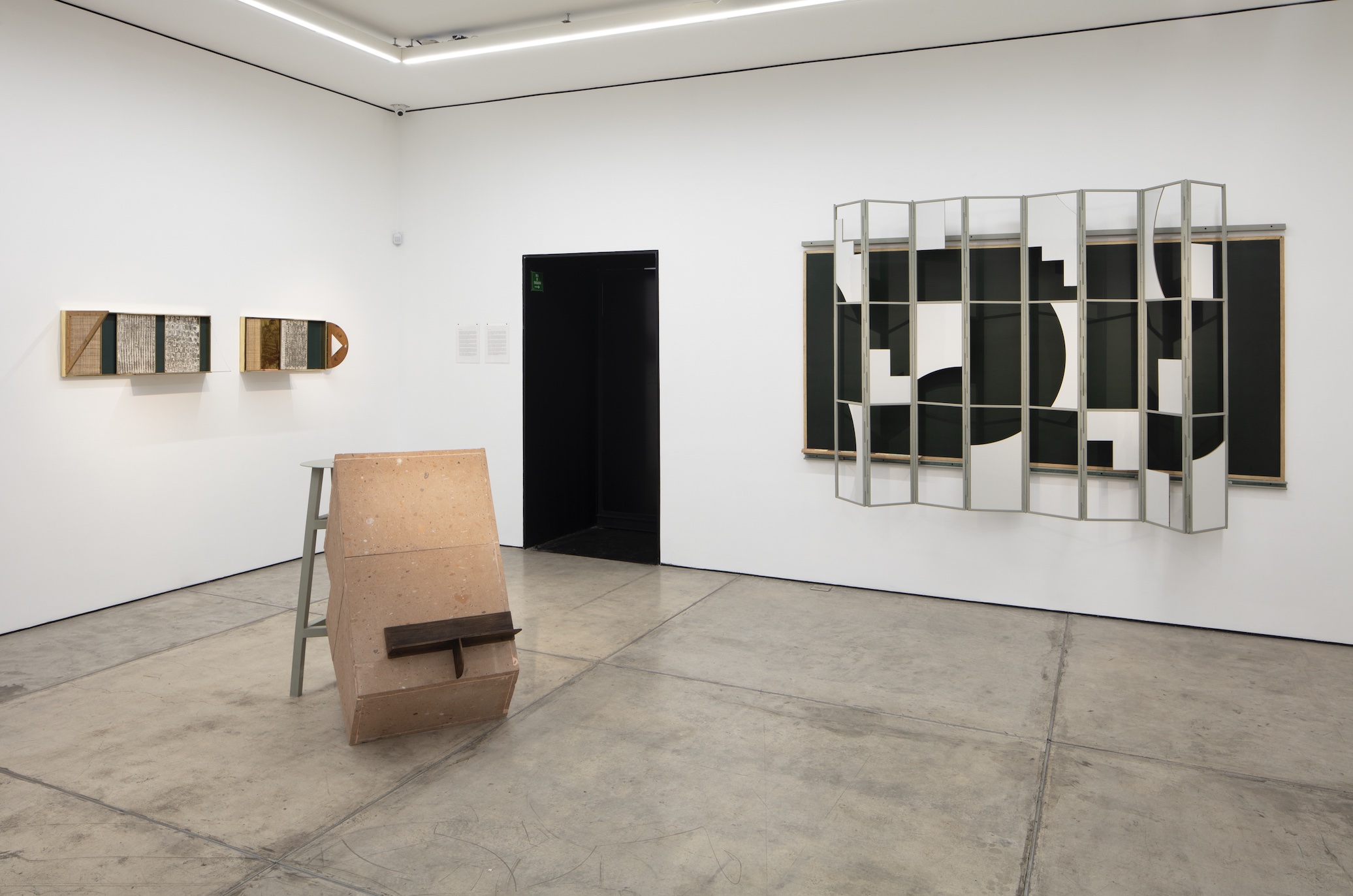
Ishmael Randall-Weeks
Piedra de Agua
Exhibition
-> May 9 2024 – Jun 29 2024
Arróniz presents the individual exhibition Piedra de Agua by Ishmael Randall-Weeks.
In Piedra de Agua, Ishmael Randall-Weeks introduces the formal and material bases of everyday elements to address a discourse around urbanism, education, and time. The use of construction materials that have sustained their use—from pre-Columbian cultures to contemporary Latin America— demonstrates his interest in engaging in a dialogue about the collective through form and materiality.
He explores a conversation between the past and the present, with specific associations to figures and historical movements that paved the way for 20th- century Latin American thought. Hence, we can find in his sculptures geometric motifs with nods to the works of Manuel Felguerez and Pedro Ramirez Vásquez exhibited in the National Museum of Anthropology. As well as drawings of perspectives used from the Bauhaus to Diego Rivera in the creation of frescoes and murals.
IRW takes up the use of electrical connections from the O'Gorman house-studio, Barragán's shelf, among other elements, and presents them in the series "Pupitres," a set of school, architectural, and sculptural furniture that maintain an imbalance between three geometric forms built from ashlar, tezontle, and Mexican quarry stone. The poetics of the work sharpens the relationship between the concrete, the spiritual, and their potentialities.
The geometric essence present in "Parábola Tezontle" links early works of the Italian architecture studio Superstudio—in which, from a critical stance towards the modernist trend, models of a futuristic city are developed where the dystopian and the real prevail on the same plane—with current measurement systems, planetariums, the Intihuatana and the Solar Stone.
In "Carpetas," textures, petates and textiles engraved on concrete slabs, ceramics, and constructivist slates dialogue alongside school objects like wooden squares and protractors integrated as mobile hinges at the ends of the works, allowing their position in space to be altered. Finally, in "Biombos," a series of pieces made based on tiles, glass slates, mirrors address a common language through weavings, textiles, and codices.
The rhythms present in the pieces and the possibility of reinventing them through movement—stretching, folding, tensing, extending—seem to refer not only to the works themselves but to processes inherent to human thought. The narrative oscillates continuously between exposure and intimacy, the distant and the close, the manifest and the discreet.
— Arróniz